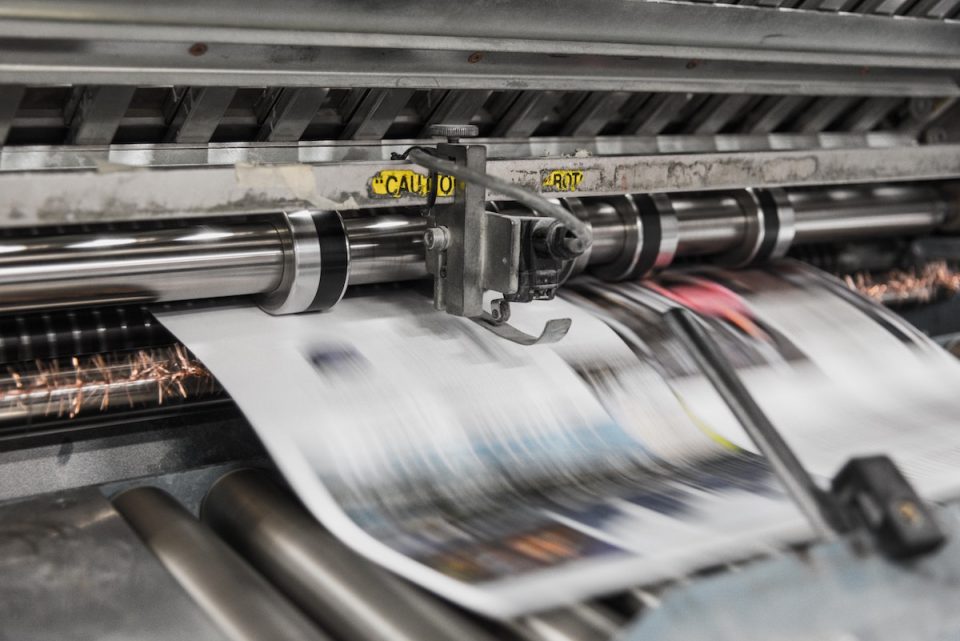Is it possible to achieve a work-life balance when you work from home?

How to maintain good posture while home office
April 16, 2020
A healthy workforce is a productive workforce, even during pandemic
April 23, 2020
Achieving a good balance between work and home life can be a challenge at the best of times. But what about in the worst of times? How do we balance work and home life when they are both confined to the interior of our own homes?
The global pandemic caused by the Coronavirus has changed the way we work – at least in the short term. Working and living within the same four walls means we need to take a more creative and considered approach to achieving work-life balance.
Is it possible to achieve a work-life balance when you work from home?
Stanford professor Nicholas Bloom has shown that remote working practices result in increased productivity and lowered attrition rates. Employees working from home found it easier to concentrate and were less likely to take sick days or prolonged breaks.
This suggests that it is certainly possible to actively improve work-life balance when working from home.
What are the risks of working from home?
We know that remote employees are more likely to feel alienated or disconnected when compared with staff working onsite. This is even more of a risk when we find our social support networks curtailed too. Managers need to establish clear communication channels and schedule regular team and individual and catch up calls.
What responsibilities do managers have to establish the right culture?
In an earlier post, we noted the need for manager to educate employees about the importance of time off. It can be difficult to spot when employees are feeling stressed or in danger of burnt out. Encourage a culture where staff feel empowered to take time off and prioritise their health and work-life balance.
How can we take ownership of a better work-life balance?
Without the ability to establish boundaries between work and home life with the usual geographical clues (in the office/ out with friends), we all need to establish new rituals and signifiers to mark the separation between work and home life.
This might be as simple as changing clothes: getting in dressed in work clothes in the morning when you start work, then dressing down when it’s time to stop working. Alternatively, bookending your working day with a half-hour exercise or meditation session can help to make that shift in mindset from work to relaxation. Whatever you choose, routine really helps. It only takes a few days to train your mind and body into the new regime.
How can technology assist?
Tools like Harvest or Toggl can be really useful for tracking the time you spend working on different projects. This way, you can keep an eye on the time spent working and even track the time spent on different client projects. Set yourself daily goals and don’t go beyond them – it’s important to be kind to yourself and give your mind and body time recover from these new and unusual circumstances.



